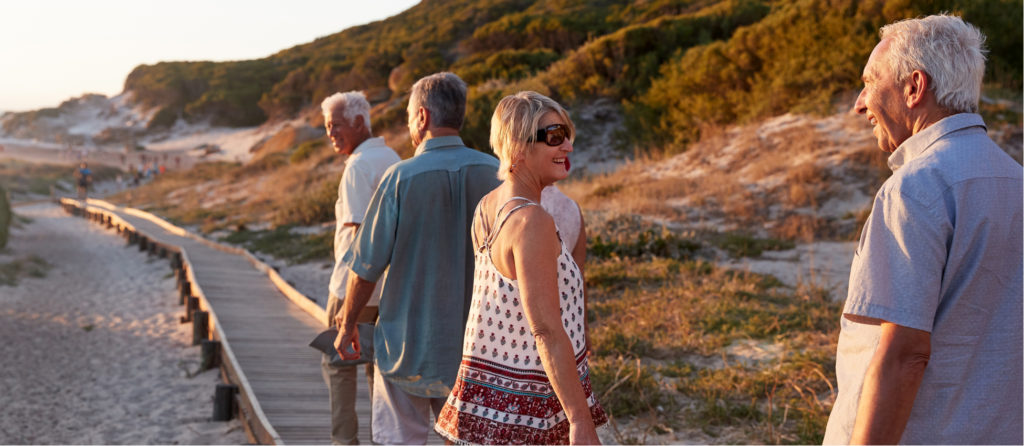Kazanlak, in Bulgaria’s Valley of the Roses, has hosted an annual Rose Festival since 1903. We therefore expected a city of beauty and loveliness, but found many ugly Soviet-era buildings. In addition, Cyrillic-only street signs made orientation more difficult, and our mobile phone tracker proved invaluable.
During our half-day of sightseeing, we visited the three most important sites which were all within a 15-minute walk of our hotel.
Museum of the Rose
This was top of my list, and we found it located on the edge of Park Rose Garden. Tickets were 6 Lev each (£2.70), and although the website implied there was a camera fee of 5 Lev, this wasn’t mentioned, and we snapped away. The circular-shaped museum, with a central rose garden, displayed objects, photographs and documents explaining the history and production of oil-bearing roses. For example, 4,000kg of petals are required to produce 1kg of rose oil, which is stored in copper vessels known as Konkuma, ranging in size from 50 to 200 litres. There was also a reconstruction of a rose oil warehouse and the first laboratory for studying the purity of rose oil. The final exhibit was a video of the June festival featuring traditionally dressed glamourous couples garlanded with roses, flirting with each other, whilst picking petals from what appeared to be thornless bushes. Whilst artfully shot, it was sentimental tosh, and probably bears no resemblance to the hard work required in harvesting petals. The rose-related products in the gift shop were all behind an unmanned counter, and as soon as I stepped behind for a closer look, an officious lady appeared out of nowhere and watched me like a hawk. Unfortunately the roses in the garden, which also had several sculptures, were past their best, although I found sufficient individual flowers to create a photo collage.
Kazanlak Thracian Tomb
More recently, Kazanlak has also become known as the Valley of the Thracian kings, and visiting one of the dozen or so tombs was another must. The only one accessible without transport was the UNESCO listed Kazanlak Tomb, dating back to the 4th century BC, which was accidentally discovered by Bulgarian soldiers digging trenches in 1944. A long steep flight of steps on the edge of Tyulbeto Park led firstly to the original tomb which is closed to preserve it from pollution and damage. However, a full-size replica has been created nearby and we paid 6 Lev each and looked at a display of exhibits found in the tomb. A narrow passage led to a rectangular antechamber, with two friezes depicting scenes of fighting warriors, before a low door took us into circular burial chamber. This had plain walls with a colourful fresco on the ceiling, although Bradt waxed rather too lyrically about the ‘fine features of the fluidity of lines, blowing hair of the groom and individually painted horses’. Fortunately there were no other visitors as only four people are allowed in at a time. However, it was slightly underwhelming and smaller than we anticipated, and thoughts of exploring more tombs disappeared.
Ethnographic Museum ‘Kulata’
This small museum was virtually opposite the steps to the Thracian Tomb. A young girl helpfully explained that the museum consisted of a peasants’ or country house and a town house. Having paid our 6 Lev each, we were directed firstly to the peasant house, through a garden and past a shed with various agricultural implements. The one-storey house with two rooms, a kitchen and a guestroom, and an open balcony was said to have housed a middle-class peasant family at the end of the late 19th century. It showed the traditional way of life with seating arranged around the edge of the room, decorative plates along the wall and a spinning machine on the balcony. We were then directed up a flight of stairs to the more sophisticated town house, again from the same period. This time there was a kitchen with a closet, a bedroom and a guestroom, whilst on the ground floor was a long open balcony and a cellar. Having finished our tour, we were invited to sit in the beautiful garden and enjoy a sample of rose jam and rose lemonade.
Wandering back into town we had drinks in the main Seuthopolis Square, where there were several restaurants and bars.
Basically Kazanlak on a September Sunday afternoon felt a little dull, with many shops shut and a lack of general buzz about the place. For longer visits, there are several other places to visit in the town including the Iskra Historical Museum.












